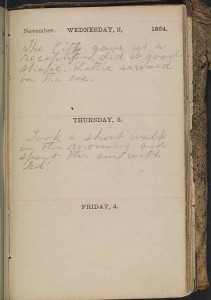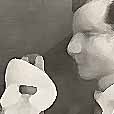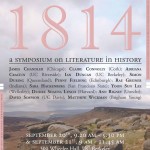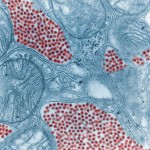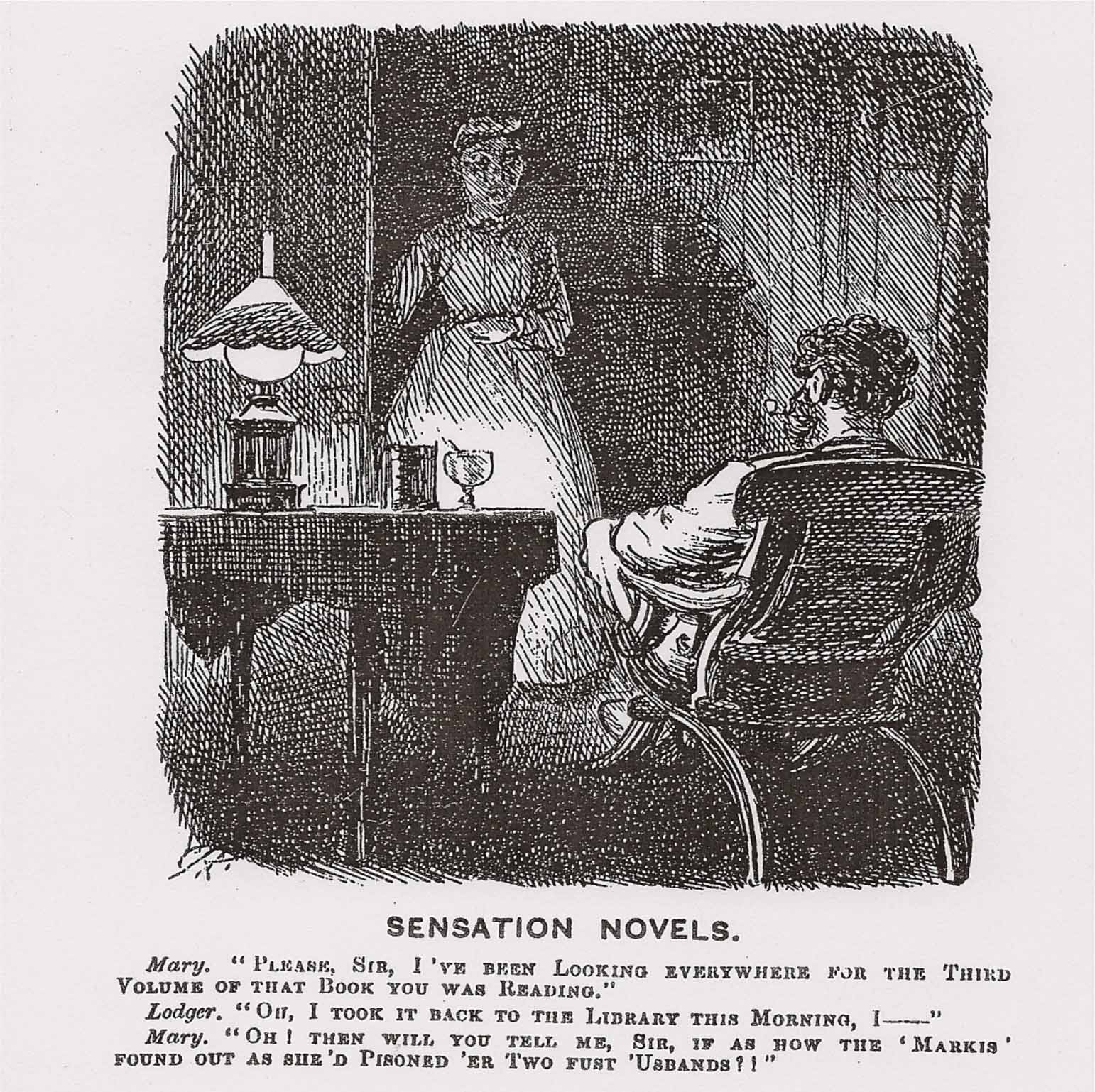Materialist Vitalism or Pathetic Fallacy: The Case of the House of Usher
by Branka Arsić
The essay begins:
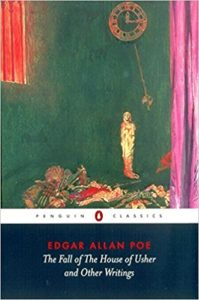 Notoriously weird things occur in Edgar Allan Poe’s world, things in fact so bizarre that some readers dismiss them as mere exaggerations, whereas for others they amount to philosophical dilettantism. The list of the weird occurrences in Poe is long, but perhaps most famously: human wills are rendered so powerful that they transport the dead back to life; matter is able to transcend decay, whereas dead bodies, even when dismembered, pulsate with vitality; spirited forces—from minds to presumed supernatural agencies—are endowed with power to generate physical phenomena, such as inarticulate sounds and styled whispers, or to affect the physical by animating or stalling its motion, altering its figuration through various mergings and disseminations of particles of matter. Additionally, the natural and material is afforded immanent life, enabling it to become otherwise without any intervention by divine powers or by anything immaterial at all. Thus, stones and rocks sometimes feel and experience, plants are said to enjoy or suffer, and even planets and elements, as the end of Poe’s prose poem Eureka postulates, are found to be happy and joyous.
Notoriously weird things occur in Edgar Allan Poe’s world, things in fact so bizarre that some readers dismiss them as mere exaggerations, whereas for others they amount to philosophical dilettantism. The list of the weird occurrences in Poe is long, but perhaps most famously: human wills are rendered so powerful that they transport the dead back to life; matter is able to transcend decay, whereas dead bodies, even when dismembered, pulsate with vitality; spirited forces—from minds to presumed supernatural agencies—are endowed with power to generate physical phenomena, such as inarticulate sounds and styled whispers, or to affect the physical by animating or stalling its motion, altering its figuration through various mergings and disseminations of particles of matter. Additionally, the natural and material is afforded immanent life, enabling it to become otherwise without any intervention by divine powers or by anything immaterial at all. Thus, stones and rocks sometimes feel and experience, plants are said to enjoy or suffer, and even planets and elements, as the end of Poe’s prose poem Eureka postulates, are found to be happy and joyous.
How, then, are we to understand such instances? A long tradition of critical reading has explained away Poe’s allegedly weird preoccupations by classifying them as gothic devices mobilized to fuse the strange with the pleasing and to appease the morbid by styling it into the fantastic, while simultaneously spellbinding the reader by means of the cultivated terror Poe depicts. But as I will be arguing, that approach—which reads Poe as a romance-goth—is weak, because it reduces to the aesthetic phenomena that are in fact often scientific, summoned by Poe from domains as different as biology, geology, astronomy, or medicine. For instance, when the claim that death is a radically slowed-down life is taken not as scientific but as a narratological device allowing the dead to revisit the living, and thus generate horror, the aesthetic is made to function as a normalizing shield protecting a dualistic ontology (which posits the divide between spiritual and material, takes matter to be inert, and establishes clear taxonomical topographies that separate beings into their proper existential niches). In that way we are assured that Poe’s anomalous worlds are not really anomalous but merely abstractly or aesthetically so. By ideating and thus anesthetizing Poe’s propositions, the “aesthetic” approach—where aestheticization refers to the content of his narratives, not to their form—weakens the challenge those propositions pose to Western ontology, making us overlook just how seriously Poe was invested in critiquing it, dedicated, as Joan Dayan has argued, to “debunk[ing] the cant of idealism.” That tradition of criticism turns into “romance” his deadly serious ontology, which, Dayan claims, is monistic (enabling the “convertibility” of spiritual into material), committed to “a radically physical world,” and so “attach[ed] to materiality” that even if there are “phantoms and rarified presences” in his stories “they are always seen through or next to the collateral flesh and blood remnants.” As I will argue here, this commitment to the physical, which Poe’s ontology understands as inherently vital, manifests as a ceaseless experiment with processes of becoming and transformation, which undoes the existential status quo of beings and persons. His propositions thus resist being aestheticized as romance, for as Dayan also argued, “‘romance’ . . . always serves the status quo” by “mythologiz[ing] an inwardness,” whereas Poe shatters the coherence of any inwardness, reducing it to the material supposedly external to it. Finally, and most straightforwardly, the anesthetization of Poe’s narratives, their domestication as aestheticized gothic allegories, must be resisted also because a lot of what he wrote enacts strange ontologies without ever rendering them gothic. (What, for instance, is specifically gothic about paranoid obsessions, perverse desires, or even feeling plants?) Continue reading …
This essay revises the inherited understanding of Ruskin’s theory of pathetic fallacy by positing that his ideas are close to theories that oppose any strict division of phenomena into persons and things. To elaborate this point, the essay investigates Poe’s “The Fall of the House of Usher,” where inanimate things are rendered animate, claiming that such instances are far from being pathetically fallacious and, also, that Poe’s ontology is in accord with that formulated by Ruskin.
 Branka Arsić is Charles and Lynn Zhang Professor of American Literature at Columbia University. She is the author of Bird Relics, Grief and Vitalism in Thoreau (Harvard University Press, 2016), On Leaving: A Reading in Emerson (Harvard University Press, 2010), and a book on Melville entitled Passive Constitutions or 7½ Times Bartleby (Stanford University Press, 2007), as well as coeditor (with Kim Evans) of a collection of essays on Melville entitled Melville’s Philosophies (Bloomsbury, 2017).
Branka Arsić is Charles and Lynn Zhang Professor of American Literature at Columbia University. She is the author of Bird Relics, Grief and Vitalism in Thoreau (Harvard University Press, 2016), On Leaving: A Reading in Emerson (Harvard University Press, 2010), and a book on Melville entitled Passive Constitutions or 7½ Times Bartleby (Stanford University Press, 2007), as well as coeditor (with Kim Evans) of a collection of essays on Melville entitled Melville’s Philosophies (Bloomsbury, 2017).

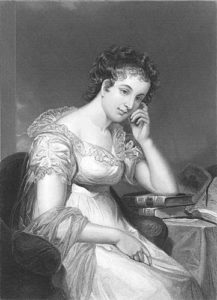 Maria Edgeworth (1767–1849) is famous for her bad plots. A contemporary reviewer of her 1814 novel Patronage complains that “the story is always the worst part of Miss Edgeworth’s novel.” There she consistently proves “inferior . . . to many of those that are vastly below her in everything else.” This backhanded compliment to a novelist publicly admired by Jane Austen and Sir Walter Scott may suggest some of the reasons that Edgeworth has fallen into neglect. Despite her popularity and widespread readership in her lifetime, particularly in nineteenth-century America, this Anglo-Irish writer of national tales and novels never fully entered the literary canon. If read at all, Edgeworth’s novels are studied in relation to questions of Irish identity and history, rather than as examples of the genre’s possibilities. This may indeed be attributable to a certain quality that many of her plots possess. In their broad outlines, they are unobjectionable, if not exciting. Their protagonists, whether old or young, male or female, aristocratic or working class, must learn to choose for themselves the way of life most productive of happiness. They need to overcome prejudice, indolence, misdirected sympathies, and unhealthy influences. The alleged badness of her plots, then, does not concern any unfamiliarity of outline. Nor does it derive from over-reliance on arbitrary events, chance encounters, or coincidences. Though these can certainly be found in Edgeworth’s plots, sometimes concentrated toward the end, they are arguably standard features of narrative and certainly of the novel by 1800. Rather, it seems that Edgeworth’s “carelessness” has to do with not sufficiently disguising the epistemological responsibilities placed on fictional plot by the development of experimental science. Her plots usually tell the story of how characters learn to think rationally. But this requires more than learning to distinguish between truth and lies, genuine and false stories or feelings. As one character in her novel Belinda (1801) puts it, “Our reasonings as to the conduct of life . . . must depend ultimately on facts.” For Edgeworth, then, plot becomes the means of producing legitimately objective facts within a fictive universe. In a twist in the dialectic of fictionality, plot has to produce a hierarchy of epistemological certainty within its own orderings.
Maria Edgeworth (1767–1849) is famous for her bad plots. A contemporary reviewer of her 1814 novel Patronage complains that “the story is always the worst part of Miss Edgeworth’s novel.” There she consistently proves “inferior . . . to many of those that are vastly below her in everything else.” This backhanded compliment to a novelist publicly admired by Jane Austen and Sir Walter Scott may suggest some of the reasons that Edgeworth has fallen into neglect. Despite her popularity and widespread readership in her lifetime, particularly in nineteenth-century America, this Anglo-Irish writer of national tales and novels never fully entered the literary canon. If read at all, Edgeworth’s novels are studied in relation to questions of Irish identity and history, rather than as examples of the genre’s possibilities. This may indeed be attributable to a certain quality that many of her plots possess. In their broad outlines, they are unobjectionable, if not exciting. Their protagonists, whether old or young, male or female, aristocratic or working class, must learn to choose for themselves the way of life most productive of happiness. They need to overcome prejudice, indolence, misdirected sympathies, and unhealthy influences. The alleged badness of her plots, then, does not concern any unfamiliarity of outline. Nor does it derive from over-reliance on arbitrary events, chance encounters, or coincidences. Though these can certainly be found in Edgeworth’s plots, sometimes concentrated toward the end, they are arguably standard features of narrative and certainly of the novel by 1800. Rather, it seems that Edgeworth’s “carelessness” has to do with not sufficiently disguising the epistemological responsibilities placed on fictional plot by the development of experimental science. Her plots usually tell the story of how characters learn to think rationally. But this requires more than learning to distinguish between truth and lies, genuine and false stories or feelings. As one character in her novel Belinda (1801) puts it, “Our reasonings as to the conduct of life . . . must depend ultimately on facts.” For Edgeworth, then, plot becomes the means of producing legitimately objective facts within a fictive universe. In a twist in the dialectic of fictionality, plot has to produce a hierarchy of epistemological certainty within its own orderings.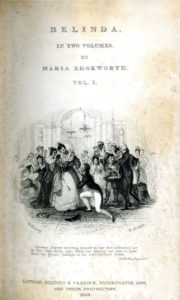
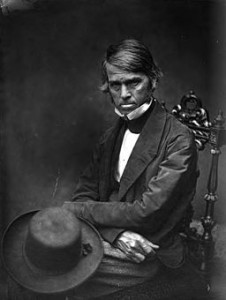 If, for Henry David Thoreau, “hospitality is the art of keeping you at the greatest distance,” then no one was more hospitable than Thomas Carlyle; after all, Carlyle’s ability to keep his friends at a distance was no less than his ability to keep them. Nothing Americans might think, after the publication of his Latter-Day Pamphlets in 1850, could heal over the wound they felt straightaway that Carlyle “mocked the admiration” he lived to gain and that, for all the gratitude he had toward us, he also, says Henry James Sr., “hated us.” There may have been “an inexplicable rapport,” writes Walt Whitman, between himself and Carlyle, but, judging by Carlyle’s anti-egalitarianism, bigotry, and scorn of democracy, Whitman was “certainly at a loss to account for it.” Who could excuse, and in any case who could deny, the harmful effect of Carlyle’s contempt for abolitionism, suffrage, and social reform? He “stands for slavery,” Ralph Waldo Emerson writes; he “goes for murder, money, capital punishment” and is as “dangerous as a madman. Nobody knows what he will say next or whom he will strike.” Apparently, vegetarianism bothered him. If you praised republics, he liked Russian czars. If you urged free trade, he remembered he was a monopolist. “Cease to brag to me,” says Carlyle, “of America and its model of institutions and constitutions…. They have begotten, with a rapidity beyond recorded example, Eighteen Millions of the greatest bores.” The press describes his work “On Heroes”—his attempt to substitute a new “hero-archy” for lost hierarchies in society and government—as a recipe for “unadulterated despotism” and “more especially how to catch masses of people and indoctrinate them with the feeling of obedience.” When we read his essay “Dr. Francia,” an apology for the supreme dictator of Paraguay, it is not hard to see why, by the 1930s, Carlyle’s theory of the hero seemed compatible with German fascism or that essays from that time, including “Carlyle Rules the Reich,” suggest that Hitler’s own belief in his “fulfillment of duty” to the majorities could “be expressed in familiar old phrases from Carlyle.” In 1945, when Joseph Goebbels tried to dispel Hitler’s sense of defeat, he read to him from Carlyle’s book on Frederick the Great–Hitler’s favorite book.
If, for Henry David Thoreau, “hospitality is the art of keeping you at the greatest distance,” then no one was more hospitable than Thomas Carlyle; after all, Carlyle’s ability to keep his friends at a distance was no less than his ability to keep them. Nothing Americans might think, after the publication of his Latter-Day Pamphlets in 1850, could heal over the wound they felt straightaway that Carlyle “mocked the admiration” he lived to gain and that, for all the gratitude he had toward us, he also, says Henry James Sr., “hated us.” There may have been “an inexplicable rapport,” writes Walt Whitman, between himself and Carlyle, but, judging by Carlyle’s anti-egalitarianism, bigotry, and scorn of democracy, Whitman was “certainly at a loss to account for it.” Who could excuse, and in any case who could deny, the harmful effect of Carlyle’s contempt for abolitionism, suffrage, and social reform? He “stands for slavery,” Ralph Waldo Emerson writes; he “goes for murder, money, capital punishment” and is as “dangerous as a madman. Nobody knows what he will say next or whom he will strike.” Apparently, vegetarianism bothered him. If you praised republics, he liked Russian czars. If you urged free trade, he remembered he was a monopolist. “Cease to brag to me,” says Carlyle, “of America and its model of institutions and constitutions…. They have begotten, with a rapidity beyond recorded example, Eighteen Millions of the greatest bores.” The press describes his work “On Heroes”—his attempt to substitute a new “hero-archy” for lost hierarchies in society and government—as a recipe for “unadulterated despotism” and “more especially how to catch masses of people and indoctrinate them with the feeling of obedience.” When we read his essay “Dr. Francia,” an apology for the supreme dictator of Paraguay, it is not hard to see why, by the 1930s, Carlyle’s theory of the hero seemed compatible with German fascism or that essays from that time, including “Carlyle Rules the Reich,” suggest that Hitler’s own belief in his “fulfillment of duty” to the majorities could “be expressed in familiar old phrases from Carlyle.” In 1945, when Joseph Goebbels tried to dispel Hitler’s sense of defeat, he read to him from Carlyle’s book on Frederick the Great–Hitler’s favorite book.